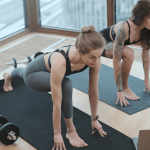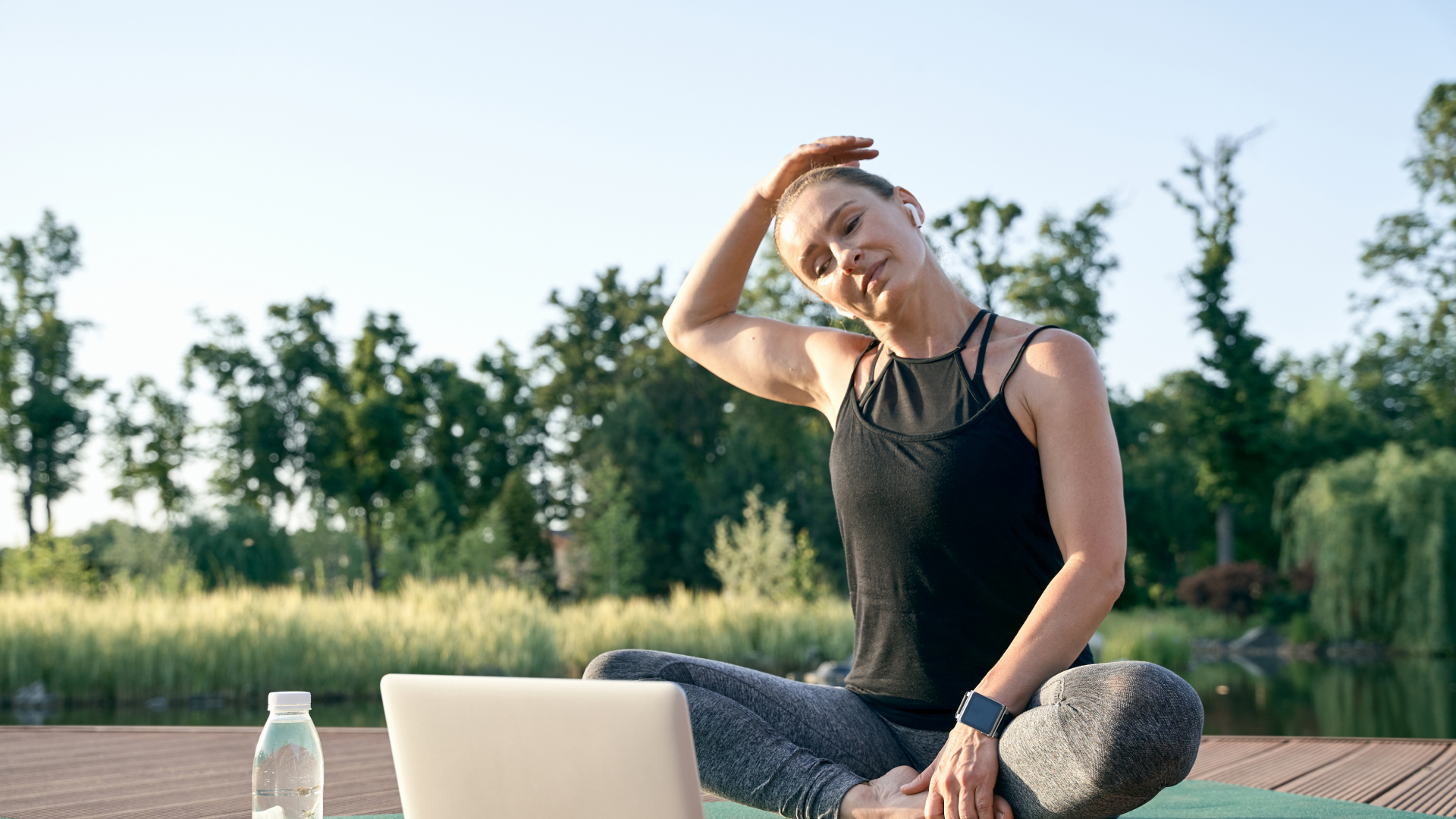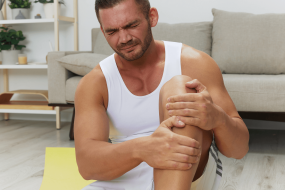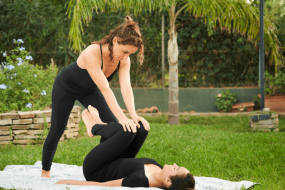
Neck pain. Tight shoulders. That dull ache in your lower back that gets worse the longer you sit. Sound familiar? You’re not alone. Millions of people are experiencing chronic pain every day, not because of intense workouts or injuries, but because of something much simpler: poor posture.
In 2025, our lives revolve around screens more than ever. Whether it’s hours spent at a desk, scrolling on your phone, driving, or even standing in line with your weight shifted to one side, modern habits are quietly wrecking your posture. Over time, this can lead to misalignment, muscle imbalances, nerve pressure, and chronic pain.
But there’s good news: small, intentional changes in how you sit, stand, and move can make a big difference. Let’s break down how posture causes pain and the simple fixes that can bring relief and prevent long-term damage.
1. How Poor Posture Leads to Chronic Pain
Posture refers to the alignment of your body when sitting, standing, or moving. When you’re in good alignment, your bones, muscles, and joints share the workload efficiently. But when posture is poor, like slouching forward at your desk or looking down at your phone all day, muscles work overtime to hold you upright.
That extra tension builds up slowly and leads to:
- Forward head posture (commonly called “tech neck”), straining the cervical spine and upper traps
- Rounded shoulders, weakening upper back muscles, and tightening of the chest
- Anterior pelvic tilt, where the lower back arches excessively from too much sitting
- Muscle fatigue, since postural muscles aren’t meant to stay activated 24/7 without breaks
- Restricted breathing, because the hunched posture compresses the diaphragm
- Nerve compression, especially in the shoulders, hips, and lower spine
The result? A slow build-up of aches, stiffness, and even more severe issues like herniated discs or tension headaches.
2. Optimize Your Desk and Screen Setup
Your workstation might be the number one culprit behind posture-related pain. Whether you’re working from home or in an office, ergonomics, how your environment supports your body, matters more than most people realize.
Set up for better posture:
- Raise your screen: Your monitor should be at eye level to prevent forward neck tilt.
- Adjust your chair: Use one with lumbar support or add a small pillow at your lower back.
- Keep feet flat: Your feet should be resting firmly on the floor with knees at 90°.
- Elbows relaxed: Forearms should rest at a 90° angle on your desk to reduce shoulder tension.
- Keyboard and mouse placement: Keep them close to avoid overreaching and straining your wrists or shoulders.
And just as important: don’t stay frozen in even a good posture. Stand up, stretch, or walk for 1–2 minutes every 30–45 minutes. Movement resets muscle tension and prevents stiffness from building up.
3. Strengthen Your Postural Support System
Posture isn’t just about how you hold yourself; it’s also about whether your body is strong enough to support that position.
Over time, weak muscles stop pulling their weight, forcing others to compensate. That’s why posture-friendly exercises are critical. They reinforce alignment, reduce muscular imbalances, and train your body to maintain good form throughout the day.
Effective exercises for better posture:
- Wall Angels: Stand with your back against a wall, arms at a 90° angle. Slowly raise and lower your arms while keeping them in contact with the wall. Great for shoulder mobility and upper back strength.
- Bird-Dogs: On all fours, extend your opposite arm and leg simultaneously, then switch. Builds core and spinal stability.
- Planks: Strengthen the deep abdominal muscles that help hold you upright.
- Dead Bugs: Lie on your back and move opposite limbs in controlled motion while keeping your spine neutral. Targets the core and coordination.
- Chin Tucks: Gently draw your chin back to align your head over your spine, counteracting tech neck.
These exercises only take 10–15 minutes a day and can be done at home without equipment. Over time, they can reduce pain, improve posture, and even increase energy levels by reducing unnecessary muscle strain.
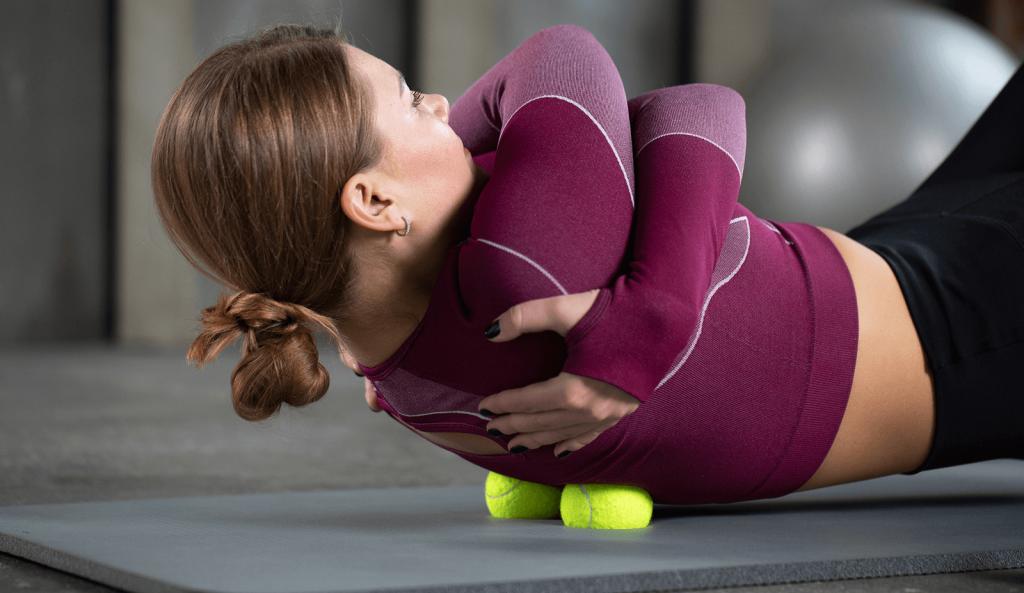
4. Daily Awareness: Standing, Sitting, Moving with Intention
Improving posture isn’t just about workouts or desk ergonomics. It’s also about day-to-day awareness, noticing how you hold your body when walking, texting, lifting groceries, or even brushing your teeth.
Here are simple cues and reminders for posture throughout your day:
- When standing: Keep your weight evenly distributed between both feet, knees slightly soft, and core lightly engaged. Avoid locking your knees or resting weight on one hip.
- When walking: Look ahead, not down. Keep shoulders relaxed and stride naturally.
- When texting or using your phone, hold the device at eye level. Avoid looking down at your lap.
- When driving: Sit upright with your seat adjusted so that your knees and hips are level. Your shoulders should rest back against the seat, and your head should not be tilted forward.
One powerful strategy is to “reset your posture” every hour: roll your shoulders back and down, align your head over your spine, engage your core lightly, and take three deep breaths. This simple check-in takes seconds but reinforces healthy habits over time.
5. When Tools and Professionals Can Help
Sometimes, posture issues are deeply ingrained or linked to structural imbalances that exercise alone won’t fully correct. In such cases, external tools or expert guidance can provide the extra support you need.
Helpful tools:
- Posture braces: These wearable supports gently cue your body into better alignment. Use them short-term to train awareness, not as a crutch.
- Standing desks or sit-stand converters: They reduce the number of hours spent sitting and help maintain more natural movement patterns.
- Ergonomic seat cushions: Improve pelvic tilt and reduce lower back compression.
Professional support:
- Physical therapists can identify postural imbalances, design corrective exercise plans, and guide recovery.
- Chiropractors may assist with joint alignment and nerve pressure.
- Massage therapists can release chronically tight muscles that inhibit good posture.
- Pilates and yoga instructors often focus specifically on body alignment, core engagement, and mindful movement.
If your pain is persistent, radiating, or worsening, it’s wise to consult a licensed healthcare provider who can identify the root causes and guide you with a tailored plan.
Why Posture Affects More Than Just Pain
Posture doesn’t just impact your neck and back; it influences how you breathe, digest, think, and even feel. Poor posture compresses the lungs and diaphragm, restricting oxygen flow. It slows digestion by crowding the organs in the abdomen. And studies show that slouched posture is linked to lower mood and confidence levels.
On the flip side, improved posture can enhance:
- Focus and productivity
- Confidence and body language
- Sleep quality
- Energy levels and circulation
- Joint longevity and injury prevention
By improving posture, you’re not just preventing pain, you’re building a stronger, more efficient body that feels better in everything you do.
Small Habits, Big Relief
You don’t need to become a posture perfectionist overnight. But you can start right now, with one adjustment, one stretch, one posture check-in. These small changes build momentum, and over time, they create lasting improvements in how you feel and move.
Here’s a quick recap of what to do:
- Check your desk and screen setup
- Strengthen your core and back muscles
- Stay aware of posture throughout daily activities
- Use posture tools if needed
- Seek help when the pain doesn’t go away
With consistency, awareness, and a bit of support, you can reverse years of strain and begin to feel stronger, lighter, and more balanced, starting today.


